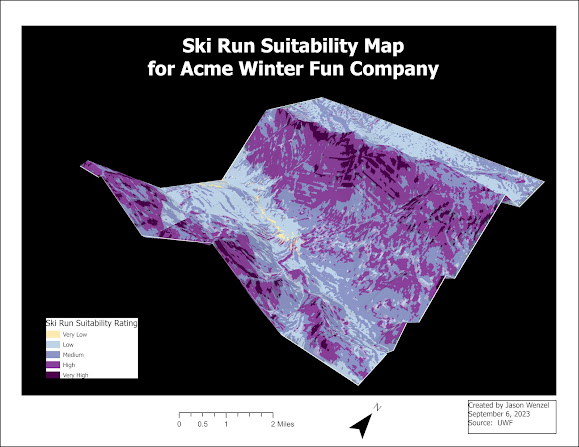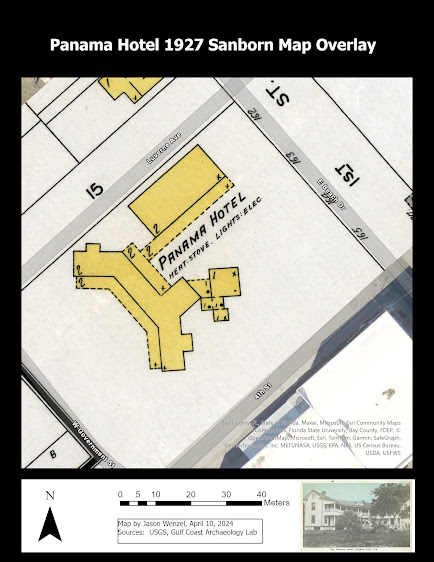GIS Day
I created my own “GIS Day” with two different events: the first involved incorporating information on GIS into class lessons for my Principles of Sociology course and sharing information on GIS with my faculty colleagues. For the first activity, I had the students explore the relevance of GIS to the field of sociology by finding examples of studies or projects aimed at using this technology in responding to societal needs. One student presented an example of how GIS could be used in post-disaster assessment, in this case, hurricanes, and another wrote about how GIS could be used in disaster management, particularly during a wildfire event. Another wrote about the value of GIS in determining flood risks for specific locations. In addition, I took the class over to GCSC’s Technology Center for Emergency Response and UVS to meet with director Mike Shekari. Professor Shekari discussed how his lab uses GIS for many tasks, such as mapping debris fields following a major disaster.
For the second GIS Day activity, I presented information on GIS to colleagues at our Social Sciences Division monthly meeting. Here I discussed how I intended to incorporate GIS into our college’s new World Regional Geography course which starts in Fall 2024. One example I showed was an exercise from the workbook, World Regional Geography with GIS, from Chapter 7, “Combating Malaria in Ghana.” I stressed that while GIS is largely a part of the discipline of geography, it is not exclusive to this field and that other social science subjects (such as history, political science, anthropology, sociology, etc.) can find value in it. I showed my colleagues how they and their students may create free public ArcGIS Online accounts and the basic steps in searching for layers, adding data to a map, changing basemaps, modifying symbology, and examining relationships among attributes. After this, I asked my colleagues about topics that might interest them and I did a live demonstration. Topics included medieval castles in Europe, access to substance abuse treatment programs and mental health in the U.S.A., locations of the world’s worst dictators, giraffe preserves in Africa, and much more. Overall, both activities were fun, and I look forward to sharing knowledge about GIS with students, colleagues, and the greater community in the future.



Comments
Post a Comment